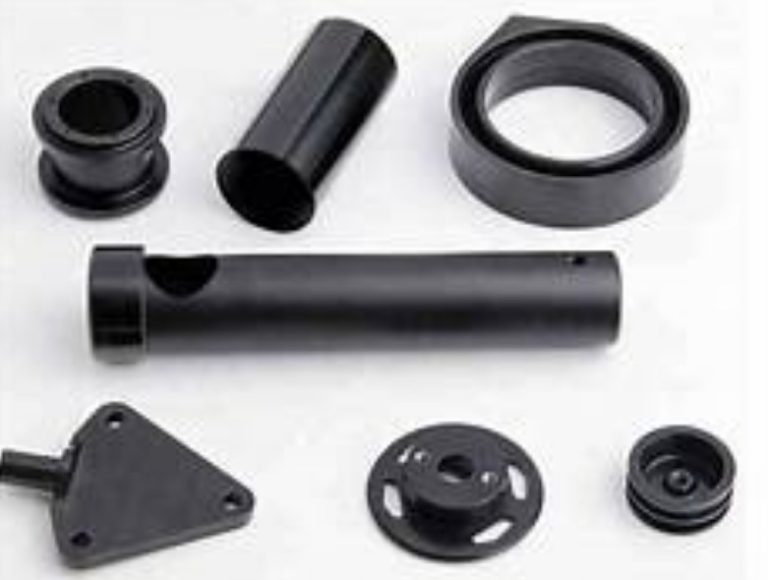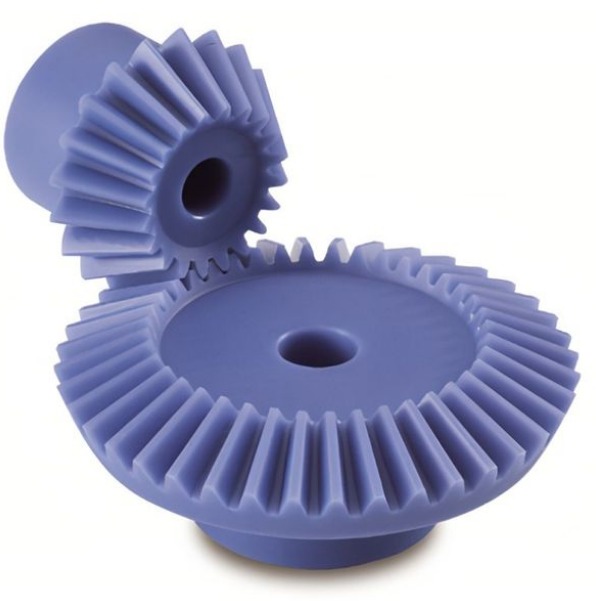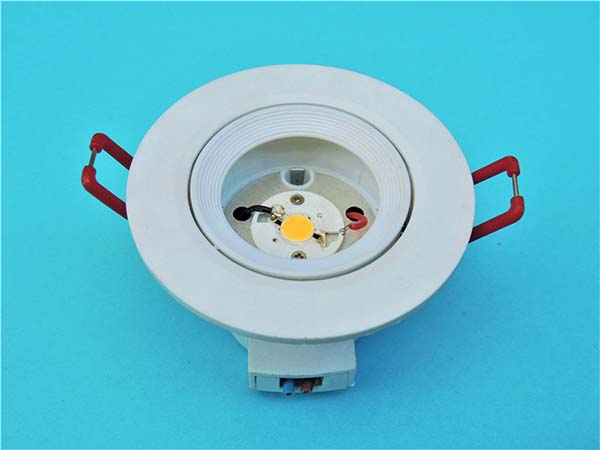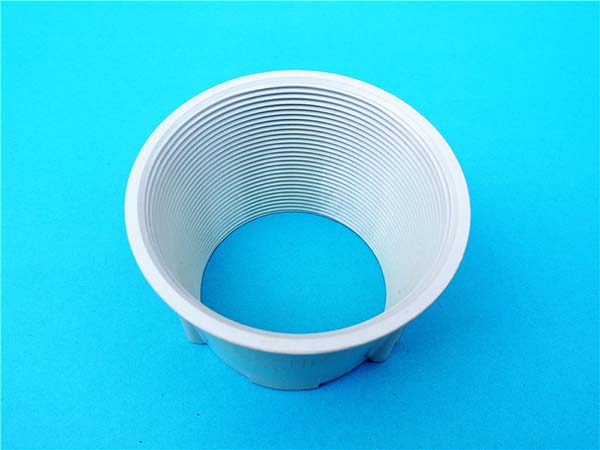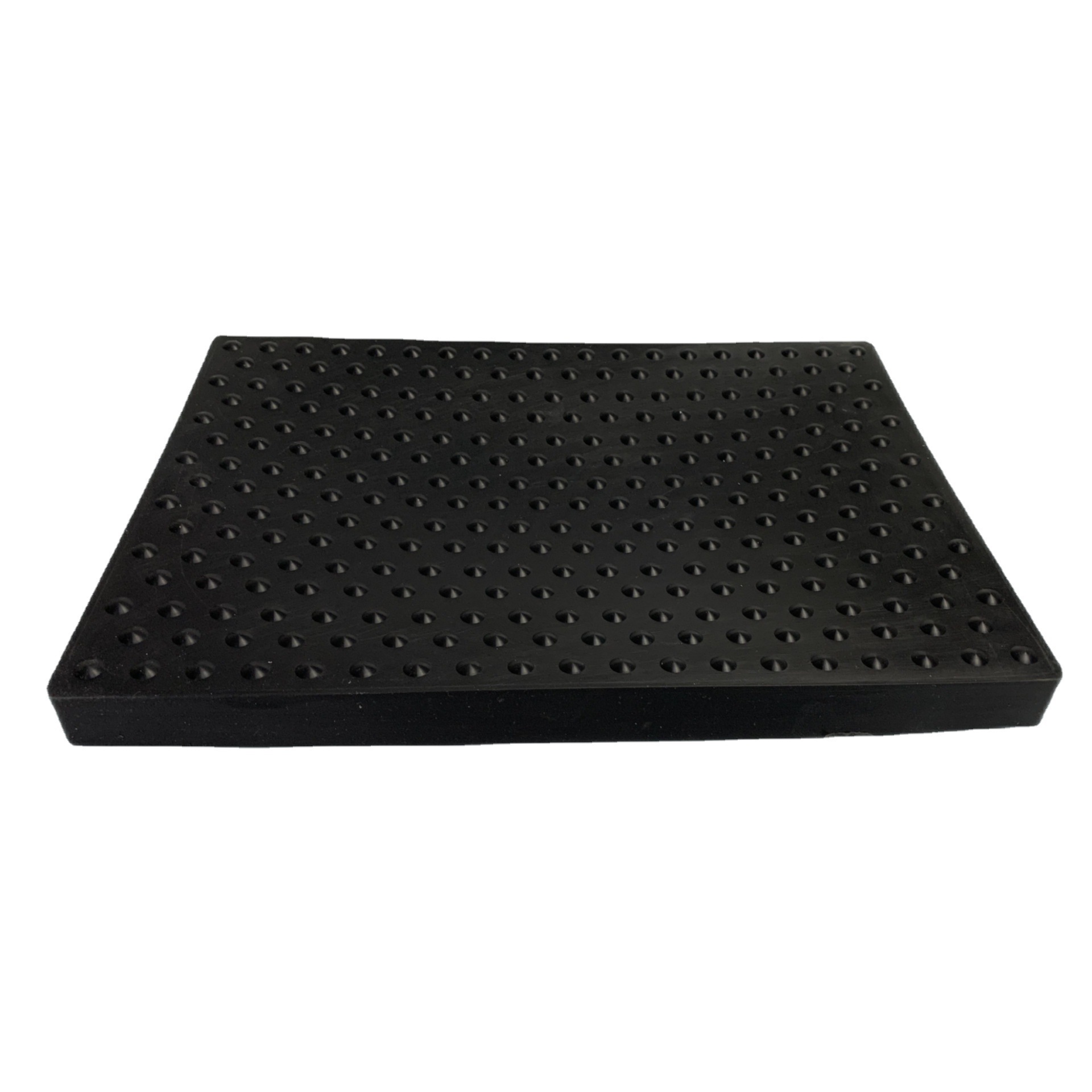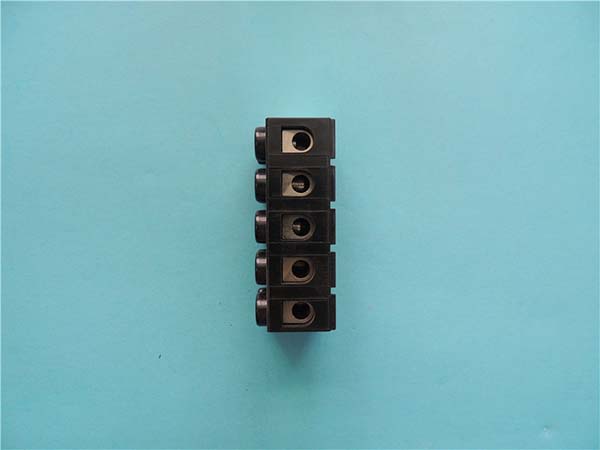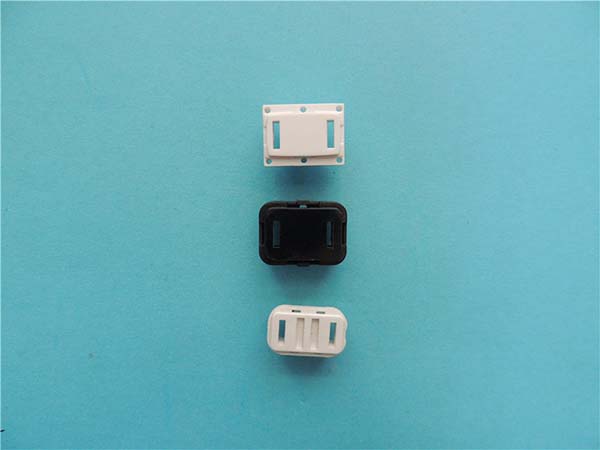Introduction
The Significance of Plastic Screw Boss Design
In the realm of plastic product manufacturing, the design of plastic screw bosses plays a pivotal role. A well - designed plastic screw boss is not just a simple connection component; it is the linchpin that ensures the structural integrity and functionality of plastic products.
Plastic screw bosses are widely used in various industries, from consumer electronics like smartphones and laptops to automotive interior components and household appliances. For example, in a smartphone, the plastic screw bosses hold together different parts such as the motherboard, battery compartment, and the outer casing. If the screw boss design is flawed, it can lead to issues like loose connections, which may cause malfunctions, or in severe cases, product failure.
The design of plastic screw bosses involves multiple aspects, including material selection, geometric design, and consideration of manufacturing processes. Each of these factors interacts with one another, and a minor oversight in any area can have significant consequences for the overall performance of the product.
This comprehensive guide aims to provide you with in - depth knowledge and practical tips on plastic screw boss design. Whether you are an engineer, a product designer, or a manufacturer involved in plastic product development, the information herein will help you make informed decisions, avoid common pitfalls, and create high - quality products with reliable screw boss designs.
Key Elements of Plastic Screw Boss Design
Wall Thickness
The wall thickness of a plastic screw boss is a critical factor in determining its strength and stability. A proper wall thickness ensures that the boss can withstand the forces exerted during the screwing process, such as torque and axial force, without cracking or deforming.
In general, for common thermoplastic materials like ABS (Acrylonitrile Butadiene Styrene) and PP (Polypropylene), a minimum wall thickness of 0.8 - 1.5 mm is often recommended for small - to - medium - sized screw bosses. For example, in a study conducted on ABS plastic screw bosses with a nominal screw diameter of M3, when the wall thickness was set at 0.8 mm, the boss could withstand a maximum torque of 0.5 N·m before showing signs of cracking. When the wall thickness was increased to 1.2 mm, the maximum torque it could endure increased to 0.8 N·m. This data clearly shows that as the wall thickness increases, the strength of the screw boss also increases. However, an overly thick wall can lead to issues such as increased material consumption, longer injection - molding cycle times, and potential sink marks on the surface of the product due to uneven cooling.
Boss Height
The height of the plastic screw boss is directly related to the connection firmness. A taller boss generally provides a longer thread engagement length, which can enhance the connection strength. However, it also has its limitations.
| Boss Height (Relative to Screw Diameter) | Applicable scenarios |
| 2 - 3 times the screw diameter | It is suitable for connections that bear relatively small shear and tensile forces, such as the fixation of internal components of some small electronic products, like the connection between small sensors and circuit boards |
| 3 - 5 times the screw diameter | It is often used in medium-load applications, such as the connection between the internal frame and the casing of a laptop, which needs to withstand certain opening and closing stresses |
| More than 5 times the screw diameter | It is generally used for high-load connections, such as the connection between the car engine cover and the vehicle body. But at this point additional reinforcement measures are needed, such as adding ribs around the boss to ensure stability |
If the boss is too short, the thread engagement length will be insufficient, and the connection may become loose under vibration or stress. On the other hand, if the boss is too tall, it may be prone to bending or breakage, especially in products with thin - walled structures. For instance, in a smartphone case, if the screw boss height is too short, the back cover may become loose after repeated opening and closing; if it is too tall, it may break during the assembly process due to its vulnerability to lateral forces.
Fillet Radius
The fillet radius at the base of the plastic screw boss plays a crucial role in reducing stress concentration. When a screw is tightened into the boss, stress is concentrated at the corners. A proper fillet radius can distribute this stress more evenly, thus improving the durability of the product.
Take two identical plastic enclosures with screw bosses as an example. One has a fillet radius of 0.5 mm at the base of the screw boss, while the other has a sharp corner (fillet radius close to 0). After 1000 cycles of repeated screwing and unscrewing, the enclosure with the sharp - cornered screw boss shows visible cracks at the base of the boss, while the one with the 0.5 - mm fillet radius remains intact. This practical example vividly demonstrates the positive effect of the fillet radius on product durability. A recommended fillet radius is usually 0.2 - 0.5 times the wall thickness of the screw boss, which can effectively reduce stress concentration and extend the service life of the product.
Yigu Technology's Perspective
As a non - standard plastic metal products custom Supplier, Yigu Technology has extensive experience in plastic screw boss design. Our team of experts understands that every customer's product has unique requirements.
When it comes to material selection, we have in - depth knowledge of various plastic materials. We can recommend the most suitable materials based on the product's application environment, load - bearing requirements, and cost - effectiveness. For example, if a product needs to be resistant to high temperatures and has high - strength requirements, we might suggest using materials like PEEK (Polyether Ether Ketone), even though it is more expensive, its excellent performance can meet the stringent demands.
In terms of geometric design, we use advanced 3D modeling and simulation software to optimize the wall thickness, boss height, and fillet radius of the screw boss. This allows us to accurately predict the performance of the screw boss under different stress conditions, reducing the risk of product failure during actual use. Our efficient production process and quality control system ensure that the customized plastic screw bosses meet the highest standards, solving customers' problems from design to production.
FAQ
What are the key factors to consider in plastic screw boss design?
The key factors include wall thickness, which should be 0.8 - 1.5 mm for common thermoplastics like ABS and PP to ensure strength without causing other issues. Boss height relative to the screw diameter matters; for example, 2 - 3 times the screw diameter is suitable for light - load applications. Fillet radius at the base of the boss, usually 0.2 - 0.5 times the wall thickness, helps reduce stress concentration.
How to avoid cracking in plastic screw boss?
Firstly, choose the right material. Avoid using overly brittle materials or those with high 玻纤 content (e.g., over 40% 玻纤) for screw bosses. Ensure proper design, such as having an appropriate wall thickness and avoiding sharp corners. In the manufacturing process, control the molding temperature, make sure the material is dry to prevent degradation, and use a suitable injection - molding rate. Adding a fillet radius at the base of the boss and a chamfer or recess at the entrance of the inner diameter can also reduce stress.
Can different plastic materials be used for screw boss design?
Yes, different plastic materials can be used. For example, ABS is a common choice due to its good mechanical properties, easy processing, and relatively low cost, suitable for general - purpose applications like consumer electronics. PP is lightweight, has good chemical resistance, and is often used in products where weight and chemical resistance are important, such as in some household items. Engineering plastics like PEEK can be used for high - performance applications that require high - temperature resistance and high strength, although they are more expensive. Each material has its own characteristics, and the choice depends on the specific requirements of the product.
